Valve's boss Gabe Newell is very optimistic about the future of VR. They are developing three VR content. It should be pointed out that G fat indicates that these three contents are not VR games or VR experiences, but “complete†VR games. But where will the future of VR hardware go?
According to Gamasutra, Newell said he believes that PC-driven "room-scale" virtual reality will develop into a "room-scale" virtual reality in the near future.

Valve's laser-based Lighthouse tracking system is a scalable solution. Valve hardware designer Alan Yates once pointed out: "In principle, you can cascade trace amounts. There is no limit like cell towers." But to achieve this, You need a wireless VR system to take advantage of multi-room space. For this issue, Newell said that this is actually a "problem to be resolved."
He said: "I believe wireless will become an add-on in 2017 and then become an integrated function in 2018."
Newell's "problem that has been resolved" may refer to KwikVR or TPCAST. These two lightweight devices effectively allow you to cut cables in VR through wireless compression and transmission systems. In addition, progress being made by Valve's investment in wireless VR company Nitero may also be a clue. This also implies that Valve might launch the second generation consumer HTC Vive headline with HTC in 2018.
If a traditional software company claims that the PC VR headset will contain wireless transmitters by 2018, it may not be convincing, but Valve has been developing VR hardware and producing room-scale heads-up prototypes since 2012. Valve said in 2014 that they were working with Oculus to "promote the development of PC VR." During the same year, Facebook acquired Oculus for $2 billion, and Oculus also introduced talents like Michael Aberas and Atman Binstock from Valve, both of whom were Valve virtual reality hardware. One of the development team members. Then Valve introduced the first HTC Vive that supports SteamVR.
Valve announced other VR hardware projects last year on Steam Dev Days. They will dig deeper into the controller's potential, giving users a “hand-on presence†and a second-generation Lighthouse system. At present, Xiao Bian is not clear what Valve said about the PC VR wireless system, but we very much welcome any technical progress in this field.
Genki Ippai 4.0, based on the 1.0, uses high-tech temperature control, food grade pod and high-quality material device. Compared with the old model, The smoke of the Genki Ippai series is more delicate and the taste is more realistic ,bigger battery capacity and longer battery life. And it's smaller and more exquisite. We also upgrade to type-C interface for charging faster. We have developed various flavors for Genki Ippai Pod Systems. Up to 11 flavors provide consumers with more choices. What's more, you can use other brand`s vape pen with our vape pod.
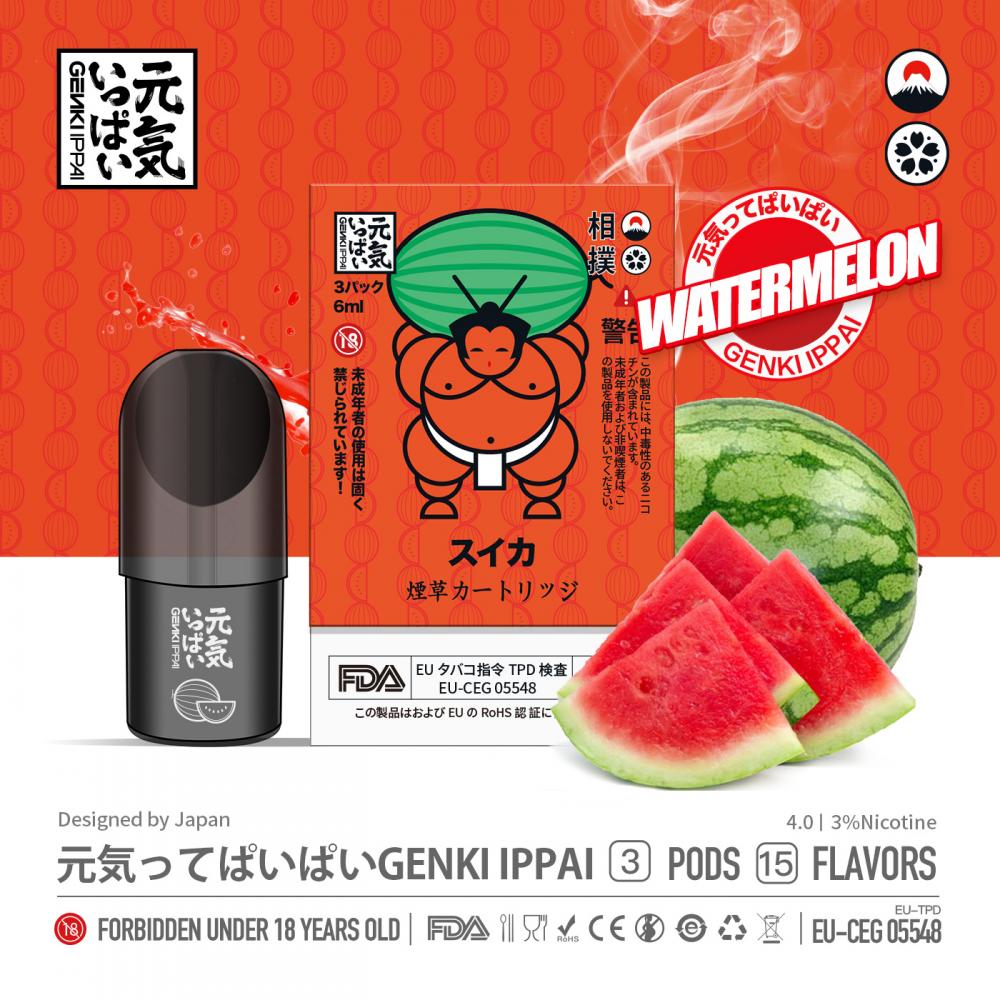
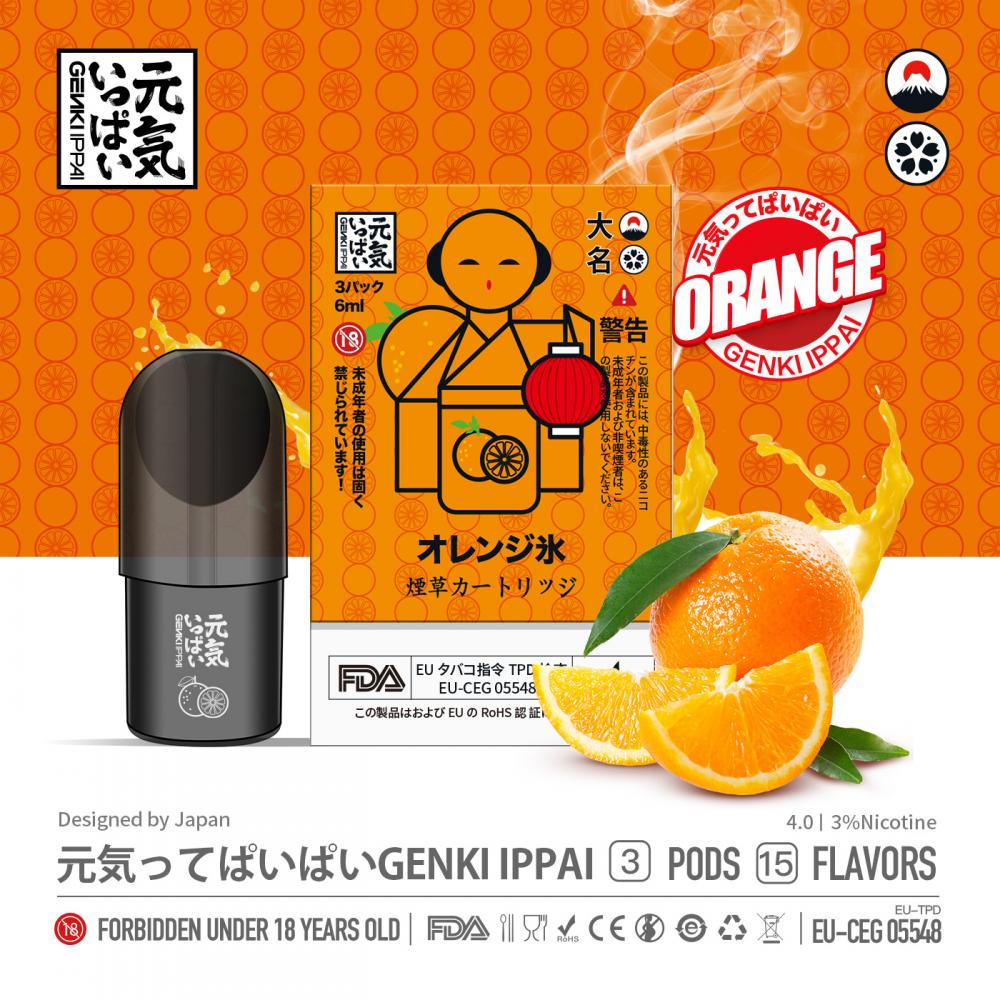
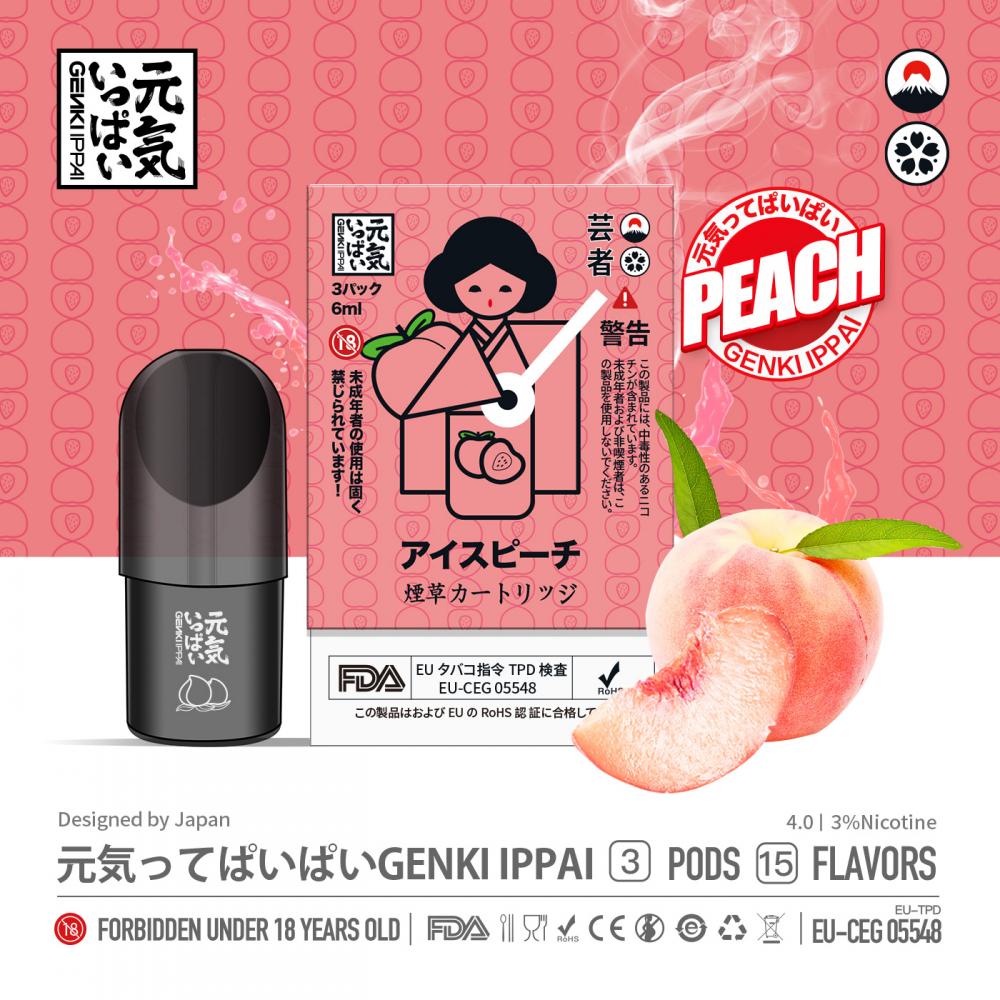
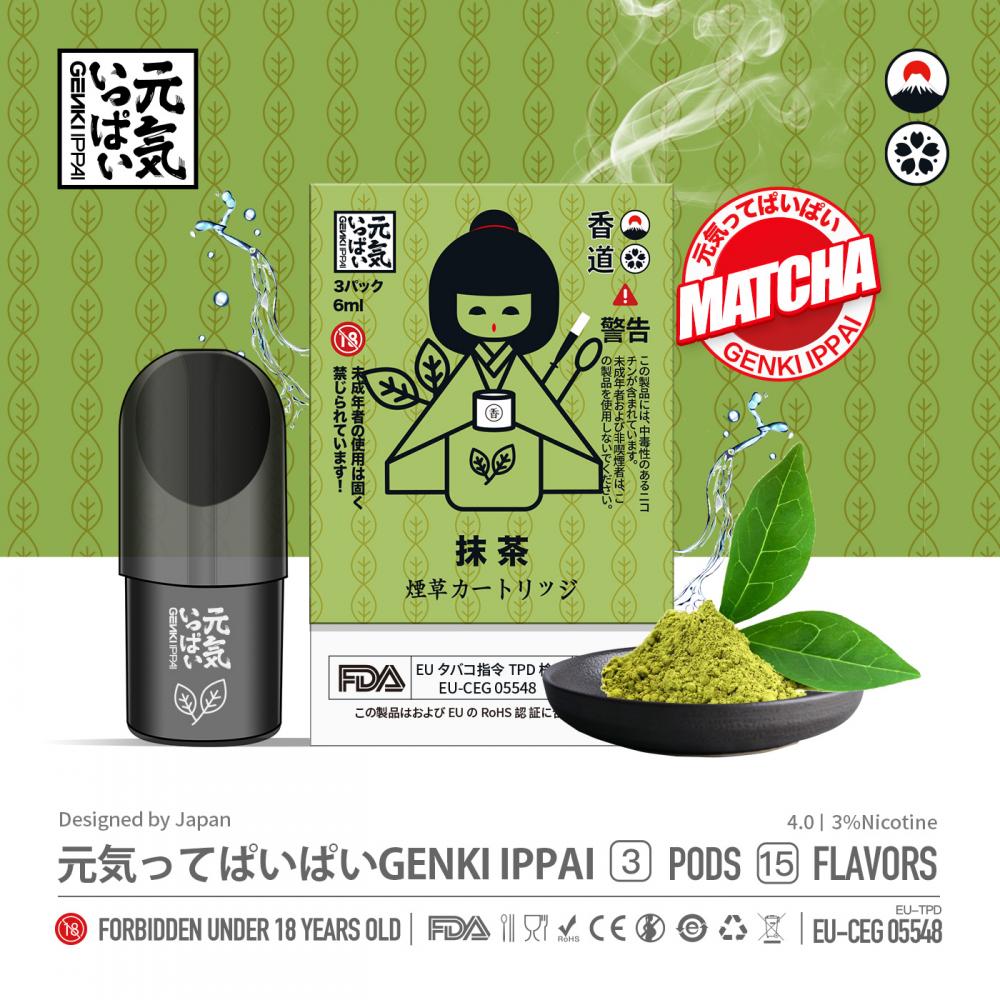
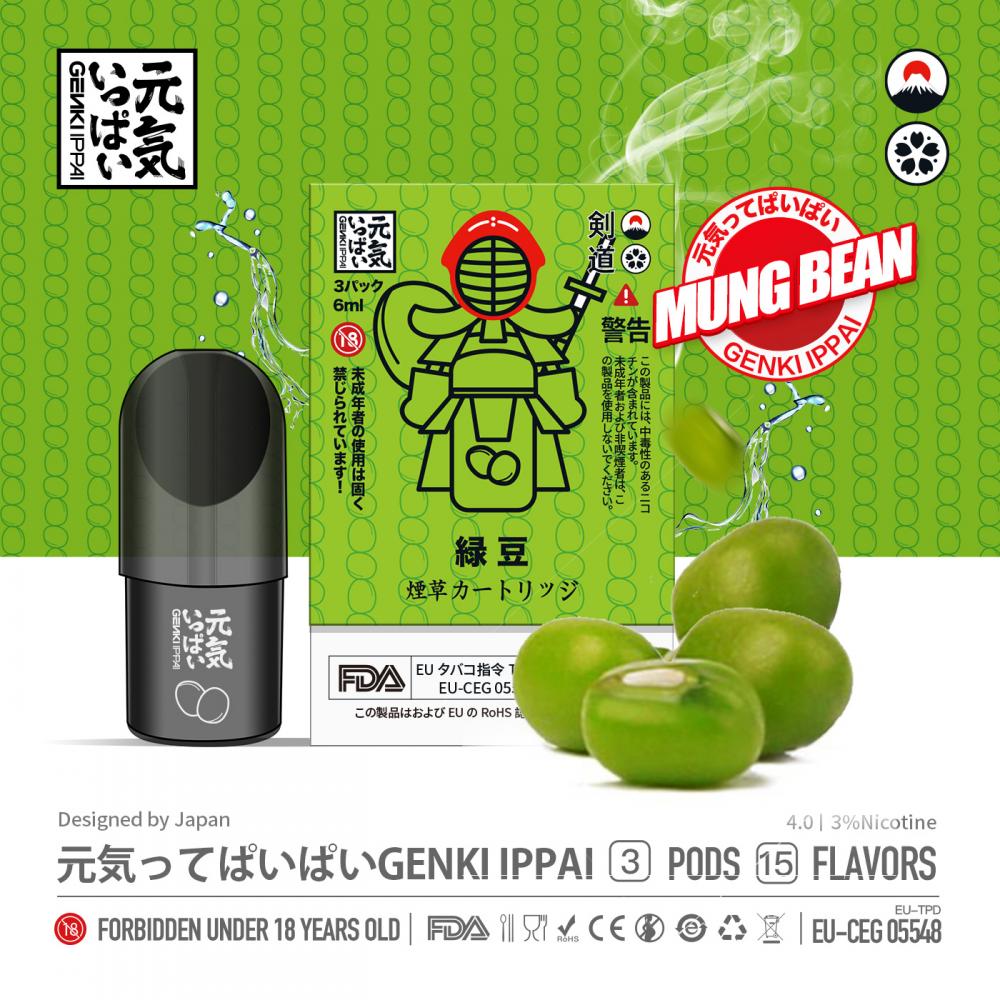
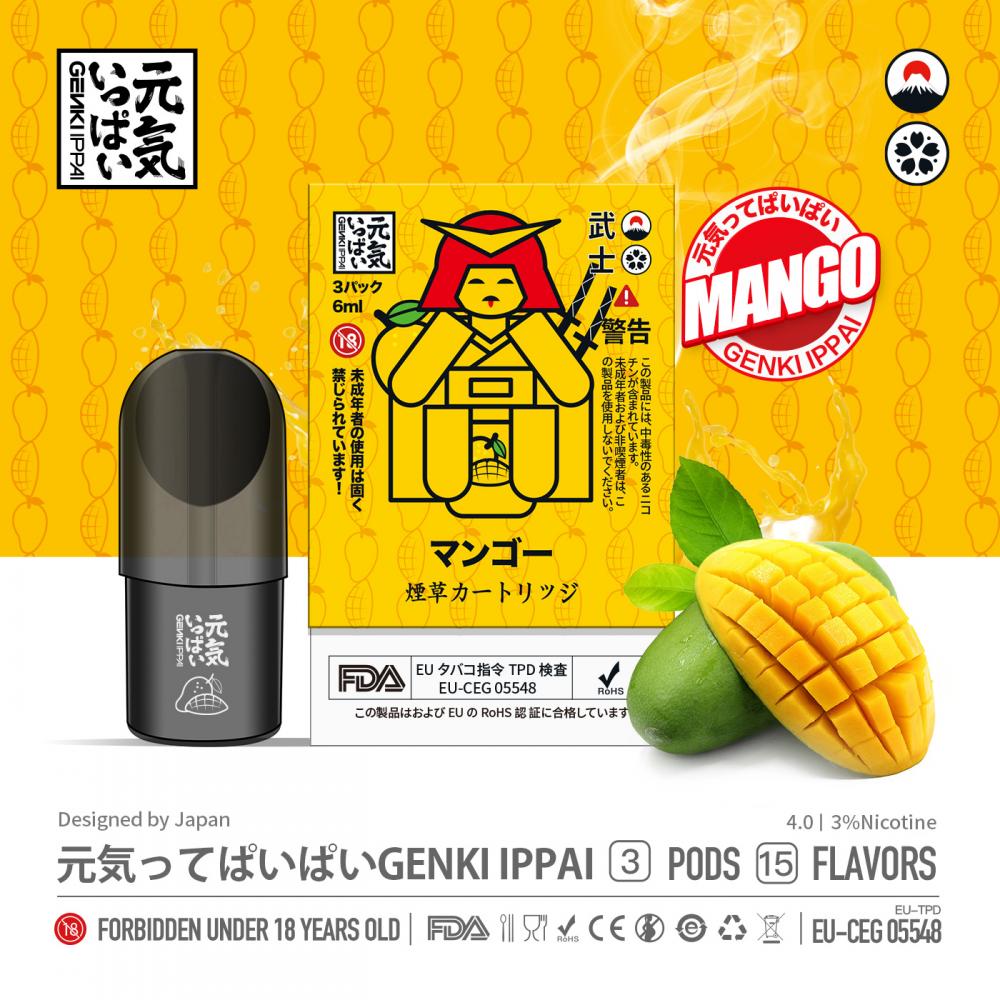
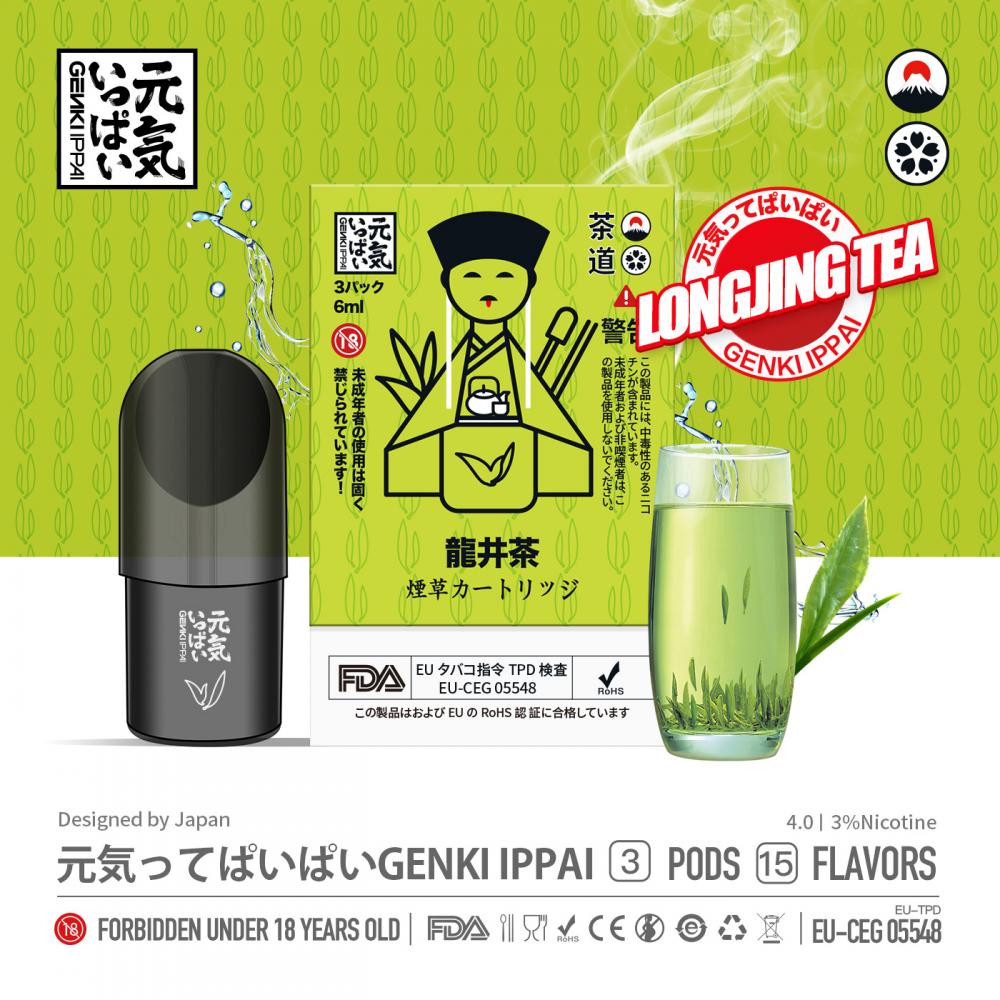
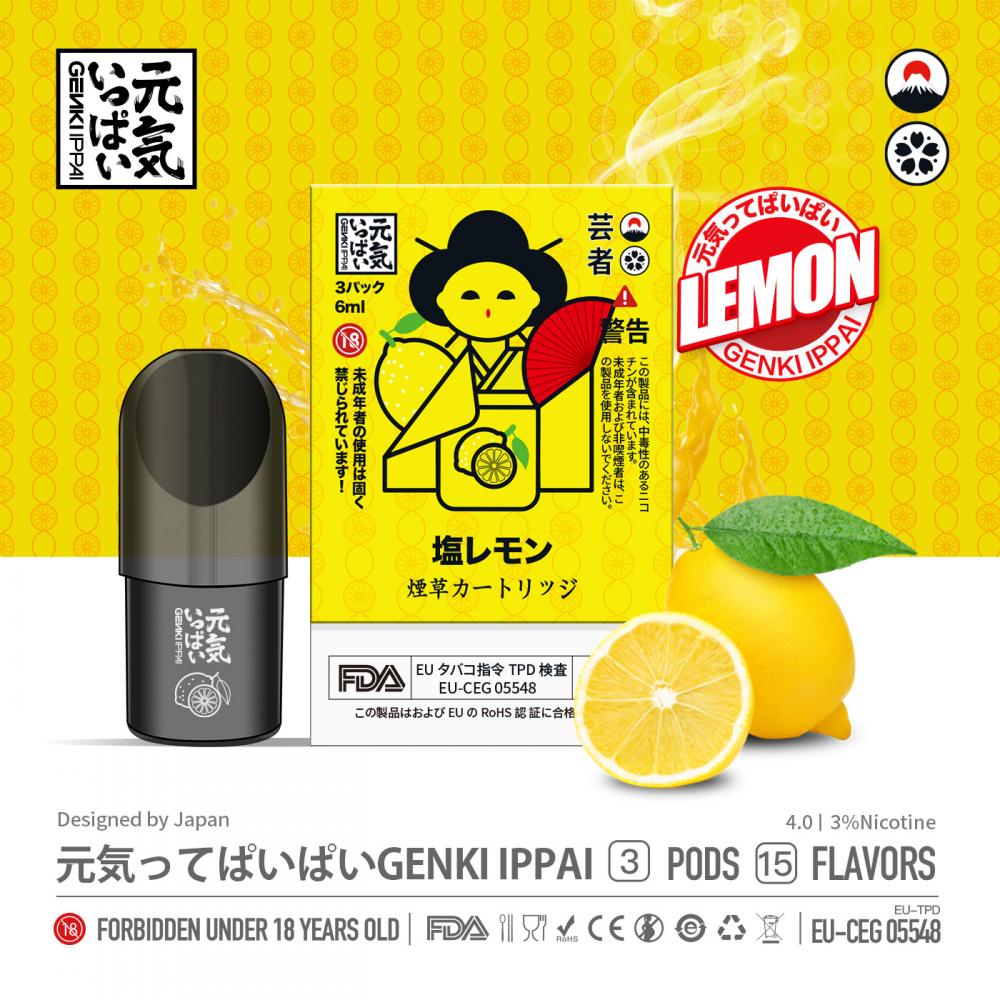
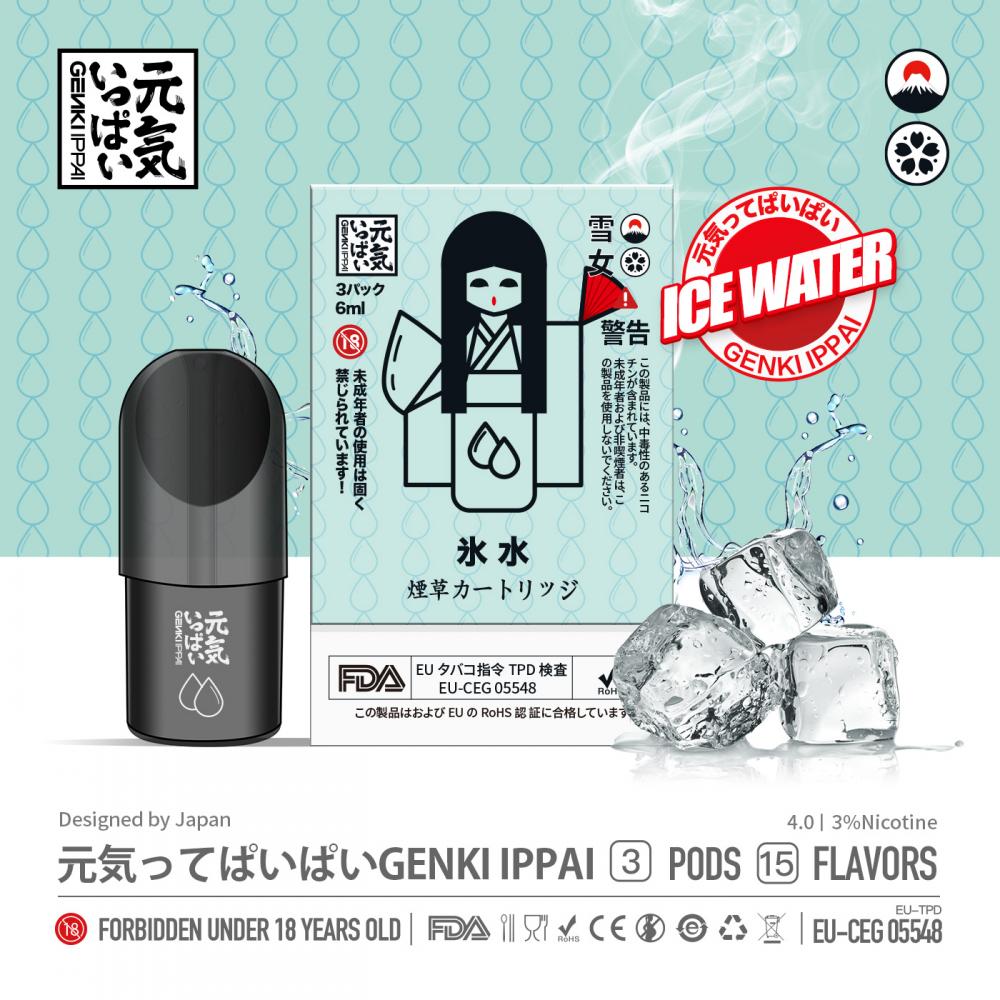


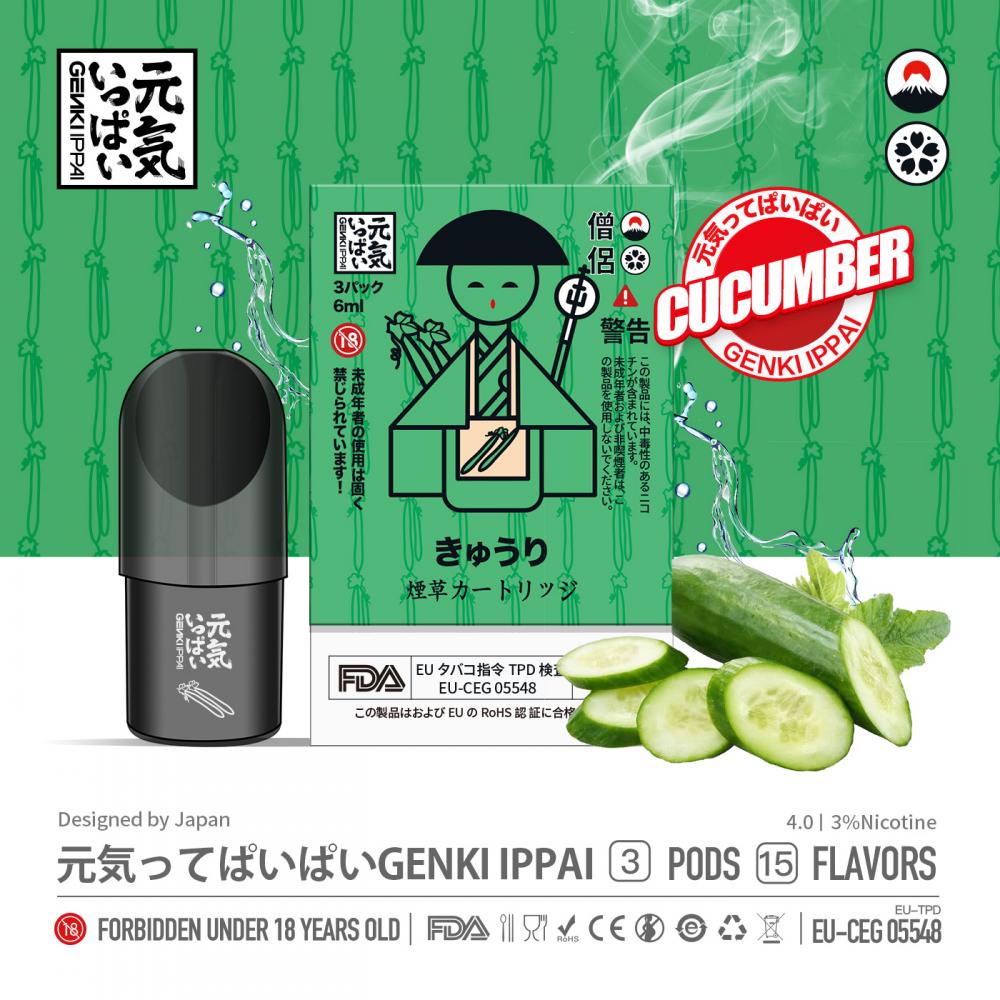
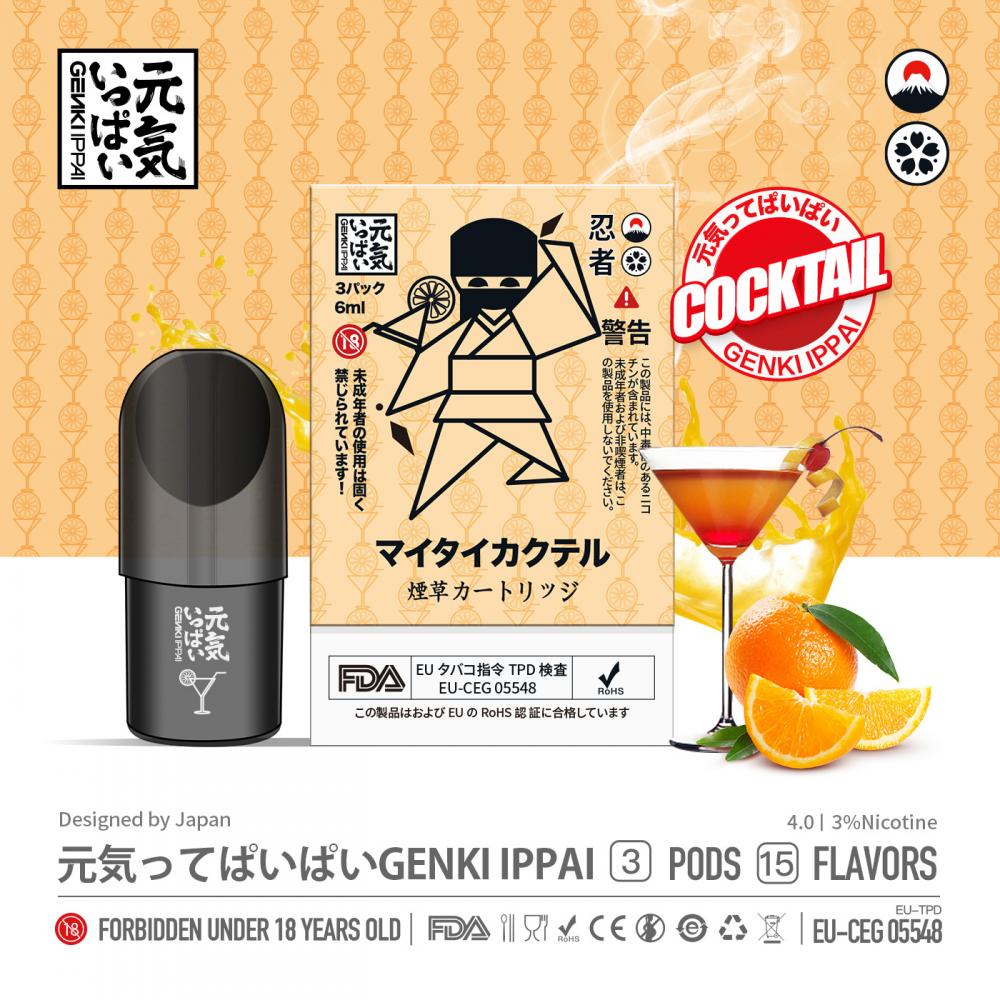
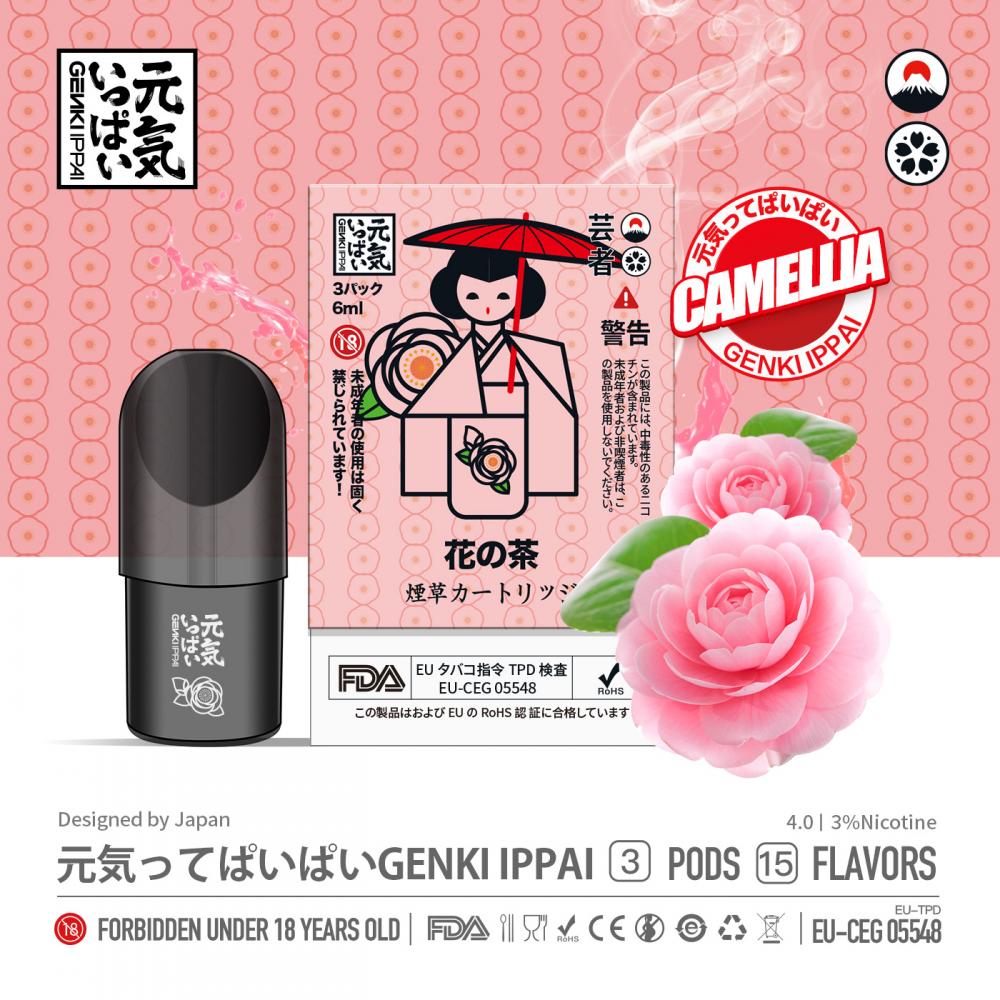
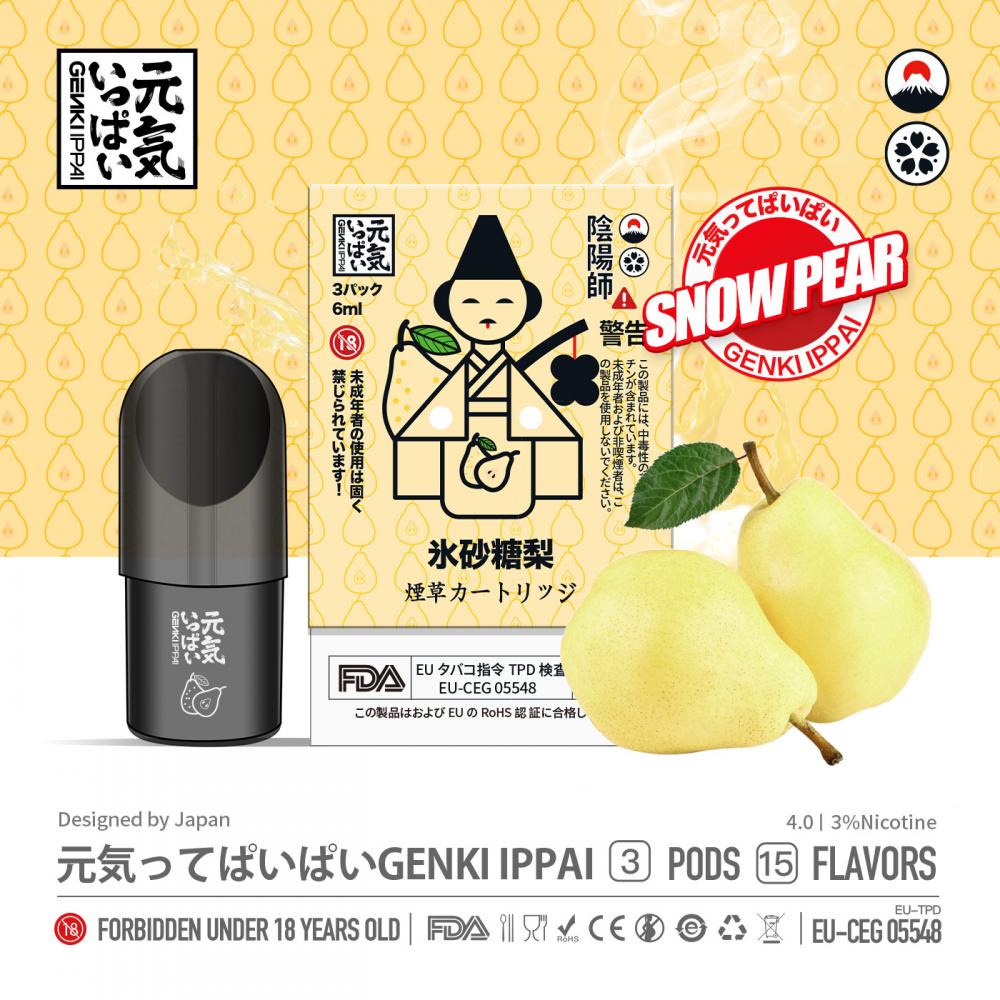
Refillable Vape Pod System,Pod Vape Pen System,Ecig Vape Pod System,Small Vape Pod System,Pod vapes
Shenzhen Wei Ka Technology Co.,Ltd. , https://www.zgarvape.com
